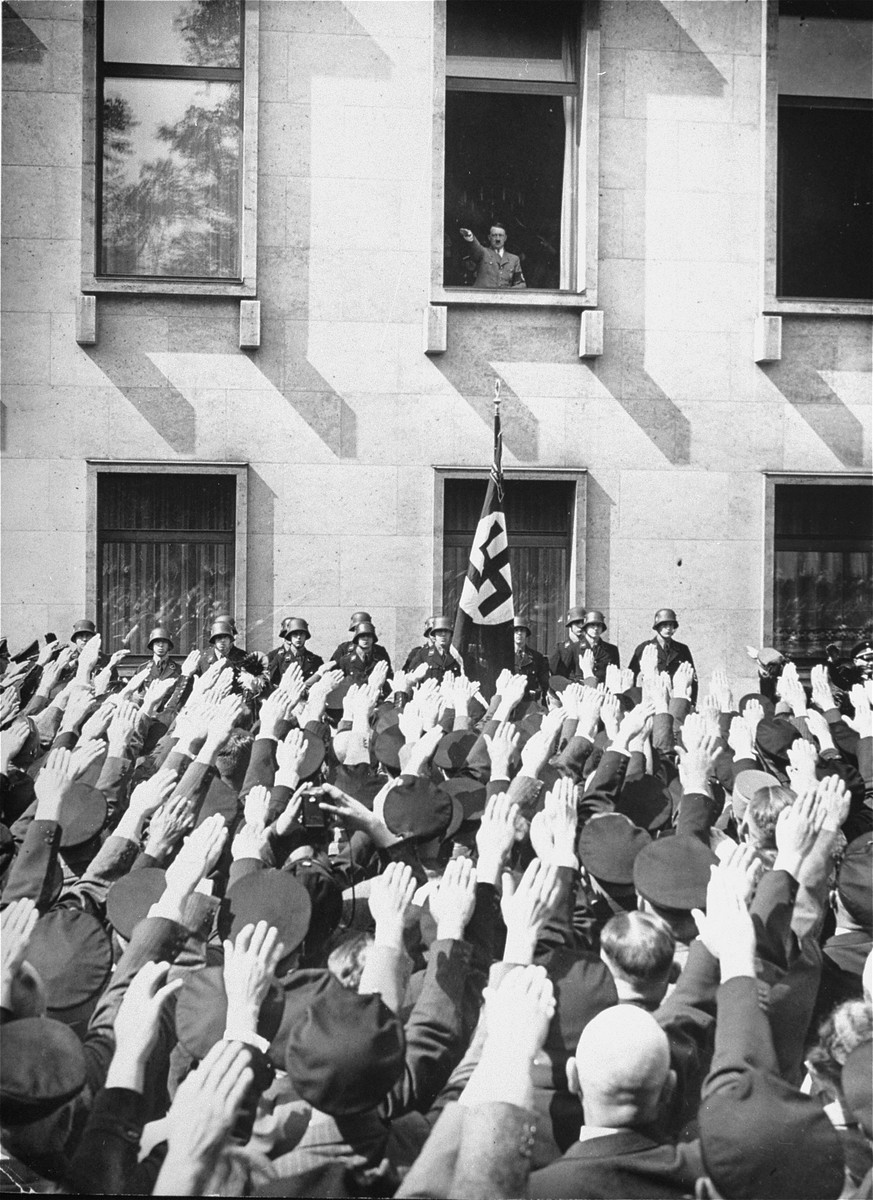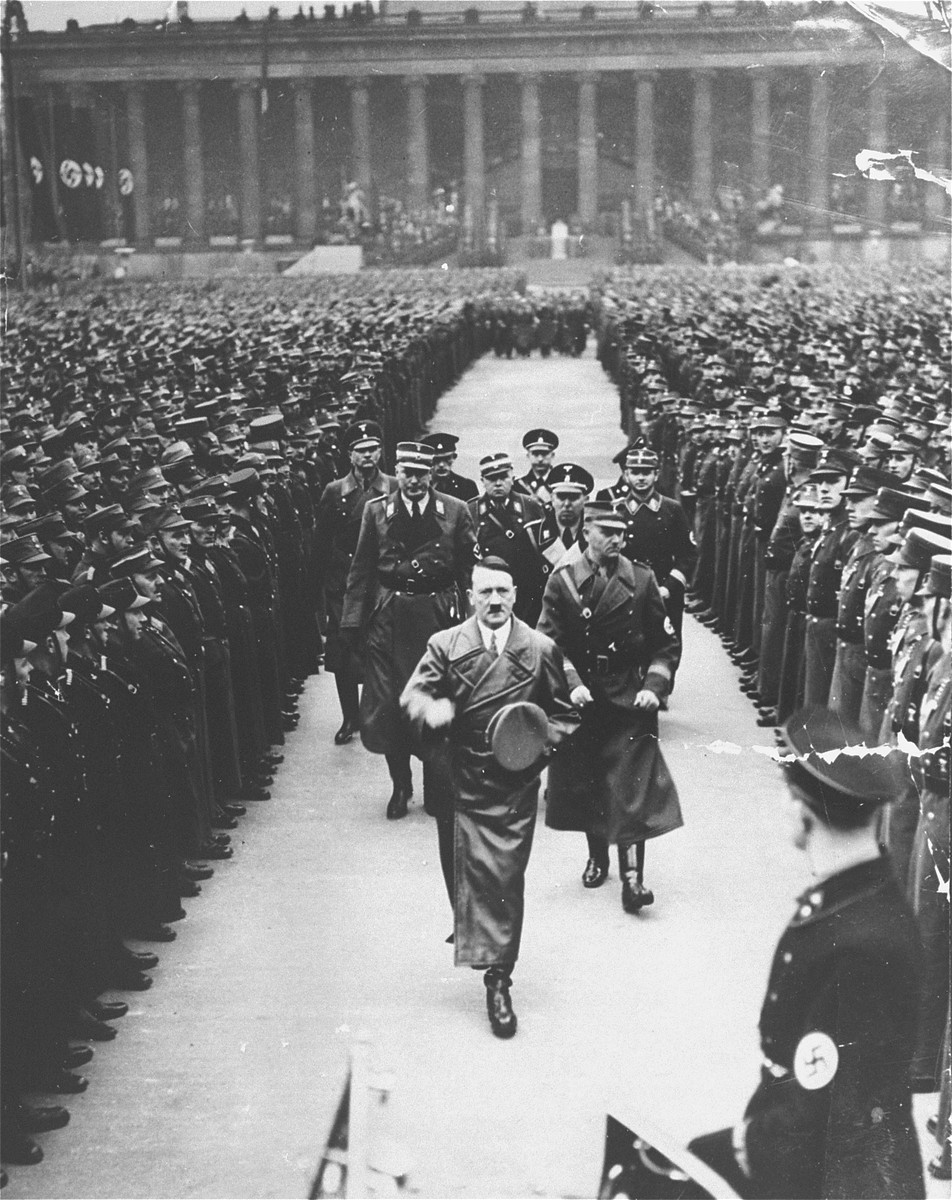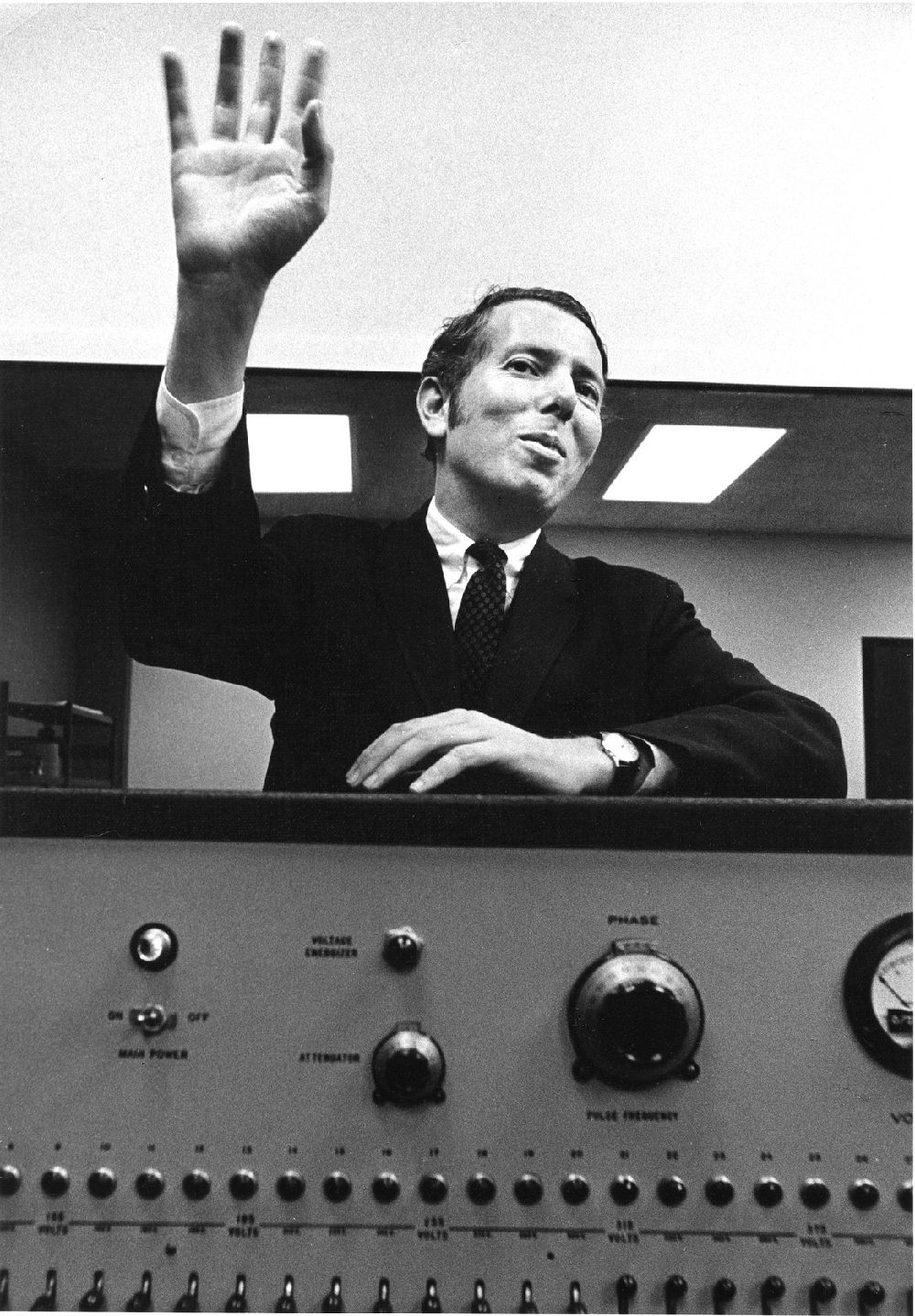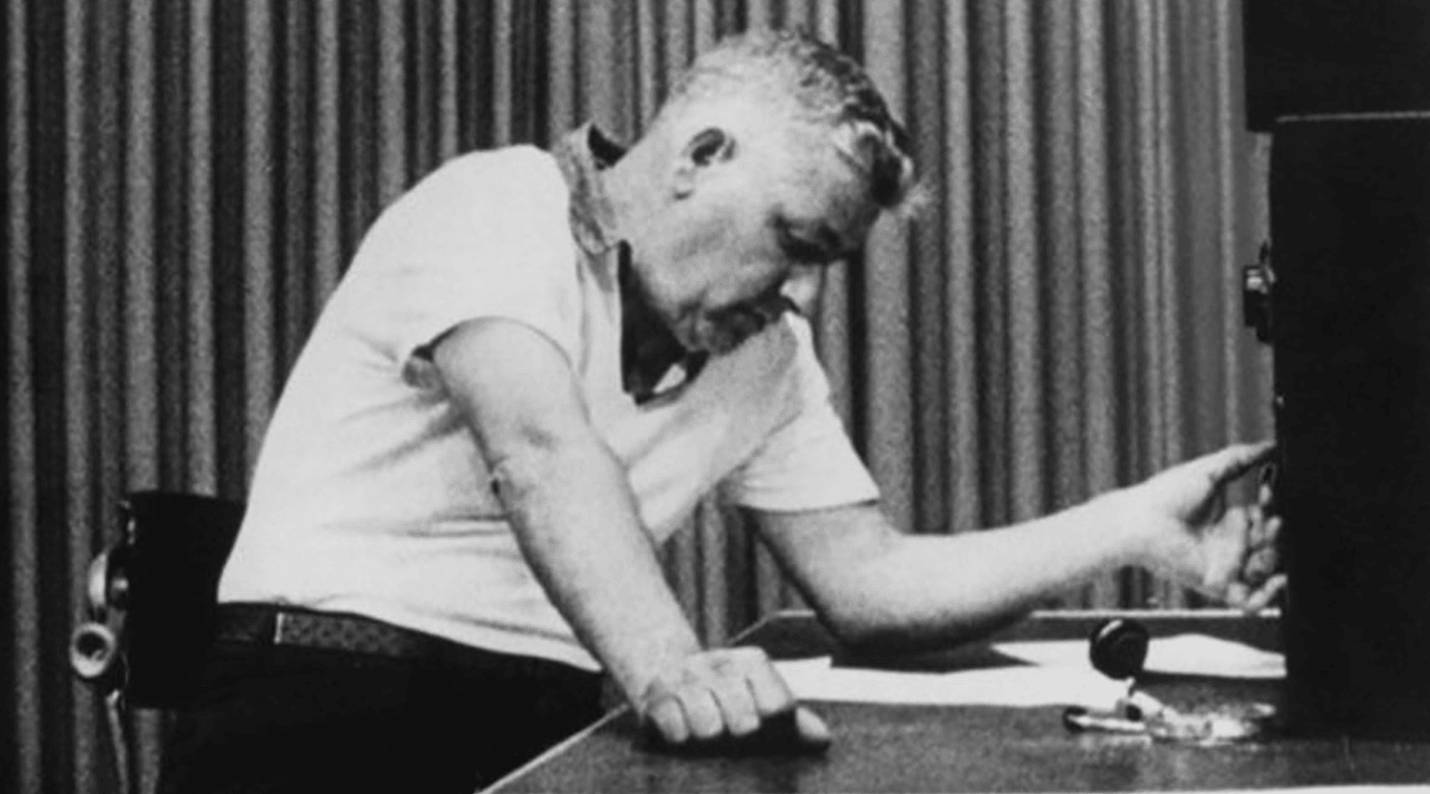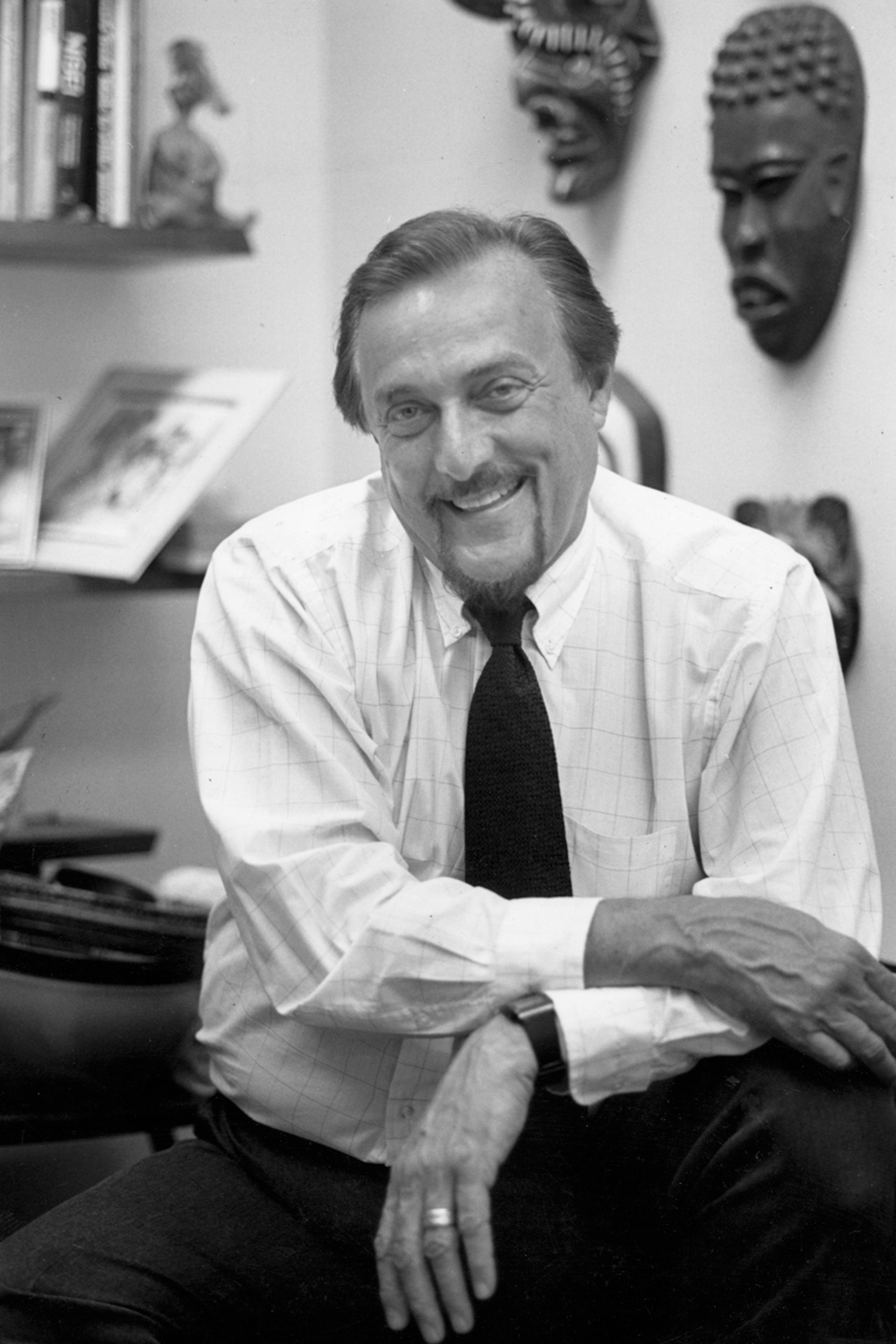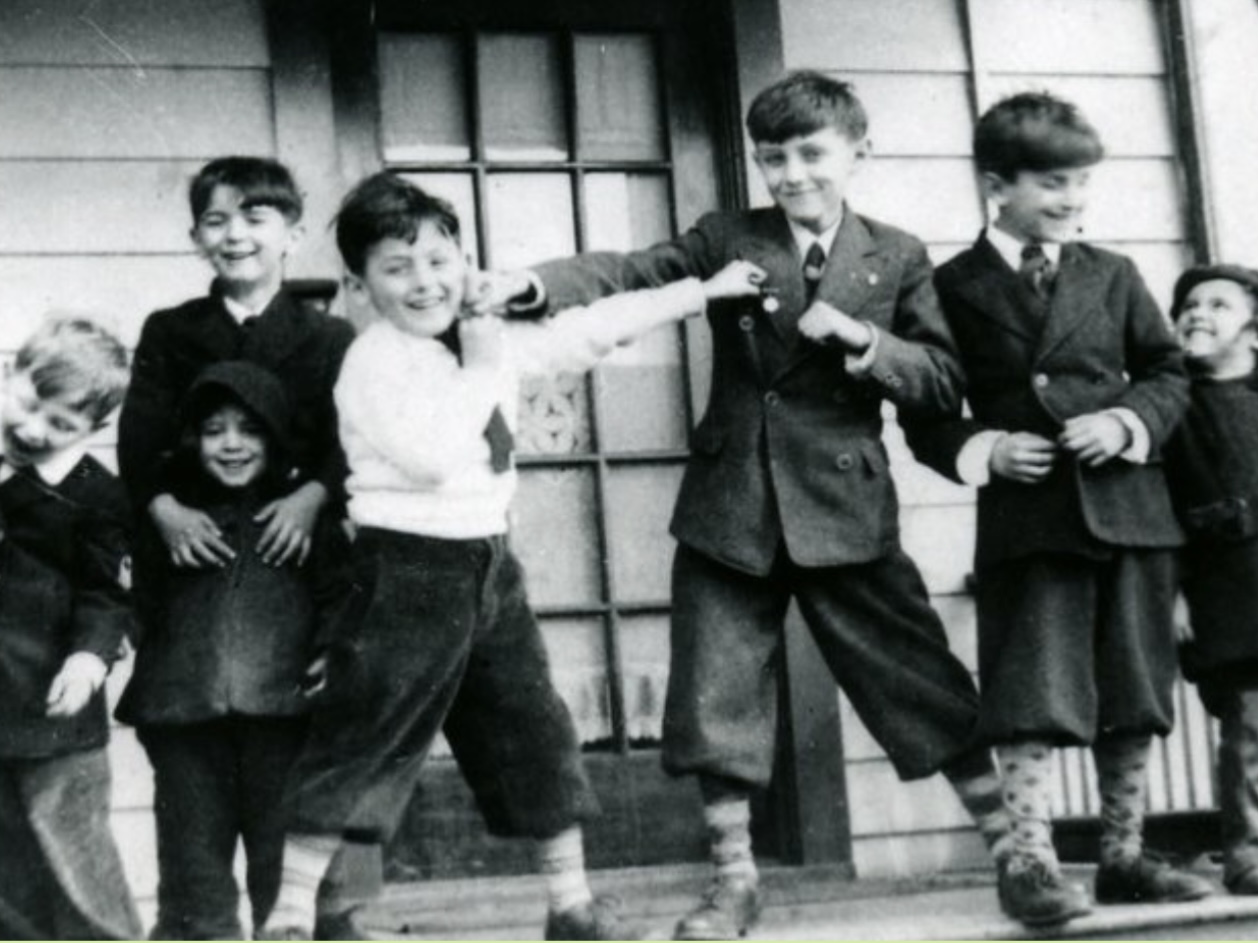"For Hitler,
government intervention to segregate the races, to promote the reproduction of those with the “best” characteristics, to prevent the reproduction of those with inferior characteristics, and to prepare for wars of expansion
brought the German nation in line with its natural, biologically determined instinct to survive. In addition it
fostered a “natural” race consciousness among the German people, a consciousness that the Jews sought to suppress through parliamentary democracy, international agreements on cooperation, and class conflict."
United States Holocaust Memorial Museum, Washington, DC, Victims of the Nazi Era: Nazi Racial Ideology, Pg. 10.
"For the Nazis, survival of a race depended upon its ability to reproduce and multiply, its accumulation of land to support and feed that expanding population, and its vigilance in maintaining the purity of its gene pool, thus preserving the unique "racial" characteristics with which "nature" had equipped it for success in the struggle to survive. Since each "race" sought to expand, and since the space on the earth was finite, the struggle for survival resulted "naturally" in violent conquest and military confrontation. Hence, war-even constant war-was a part of nature, a part of the human condition."
United States Holocaust Memorial Museum, Washington, DC, Victims of the Nazi Era: Nazi Racial Ideology, Pg. 3-4.
"Adolf Hitler, the Führer (Leader) of the Nazi Party, formulated and articulated the ideas that came to be known as Nazi ideology. He thought of himself as a deep and profound thinker, convinced that he had found the key to understanding an extraordinarily complex world."
United States Holocaust Memorial Museum, Washington, DC, Victims of the Nazi Era: Nazi Racial Ideology, Pg. 3.
"The Nazis
believed that
superior races had not just the right but the
obligation to subdue and even
exterminate inferior ones. They believed that this struggle of races was consistent with the law of nature…For purposes of propaganda, the
Nazis often framed this strategic vision in terms of a crusade to save western civilization from these “eastern” or “Asiatic” barbarians and their Jewish leaders and organizers."
United States Holocaust Memorial Museum, Washington, DC, Victims of the Nazi Era: Nazi Racial Ideology, Pg. 5-6.
"
Hitler warned, the German “Aryan” race was threatened by dissolution from within and without…The o"spring of these marriages were said to dilute the superior characteristics reflected in German blood, thus weakening the race in its struggle against other races for survival."
United States Holocaust Memorial Museum, Washington, DC, Victims of the Nazi Era: Nazi Racial Ideology, Pg. 7.
"If Germany did not act decisively against the Jews both at home and abroad, Hitler claimed, hordes of subhuman, uncivilized Slavs and Asiatics that the Jews could mobilize would sweep away the “Aryan” German race."
United States Holocaust Memorial Museum, Washington, DC, Victims of the Nazi Era: Nazi Racial Ideology, Pg. 10.

